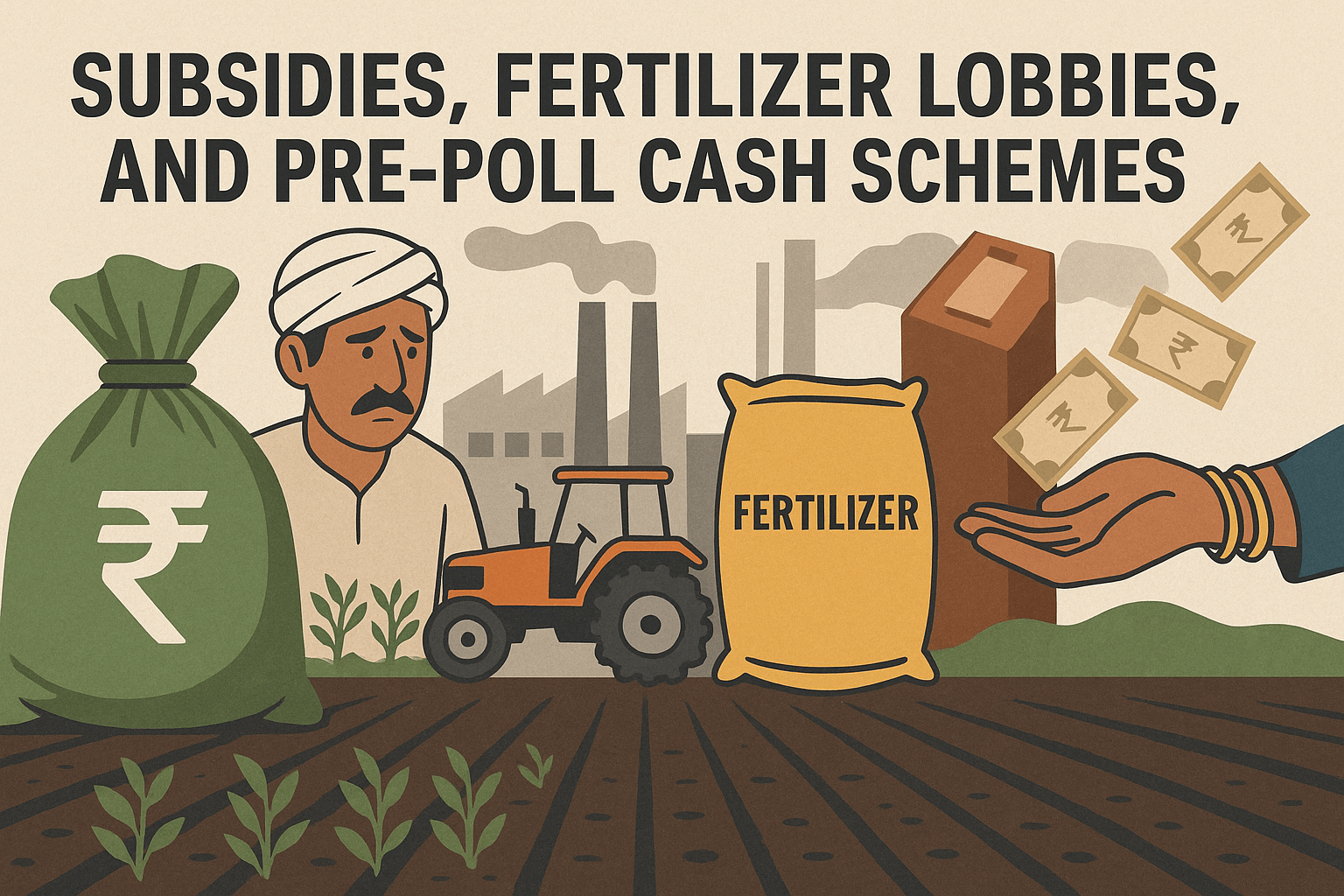In a significant move, the Indian government has introduced new rules to simplify the process of felling trees on agricultural land. This initiative aims to promote agroforestry, which is the practice of integrating trees into farming systems. The goal is to support farmers in increasing their incomes and enhancing the environment.
On June 19, the Ministry of Environment, Forest and Climate Change shared the ‘Model Rules for Felling of Trees in Agricultural Lands’ with all state governments. These rules are designed to ease the burden on farmers, making it easier for them to engage in agroforestry without facing complex regulations. By removing hurdles, the government hopes more farmers will grow trees alongside their crops, which can lead to improved livelihoods.
Agroforestry is vital for several reasons. It helps in doubling farmers’ incomes, increasing tree cover outside of forests, reducing the need for timber imports, and meeting India’s commitments under the Paris Agreement on climate change. However, a major challenge has been the lack of clear rules regarding tree felling on farmland. This has often hindered the growth and sale of agroforestry products.
Under the new rules, a State Level Committee (SLC) will oversee the implementation. This committee was already established under previous guidelines and will now include officials from agriculture and revenue departments, in addition to those from the forest department. The SLC will provide advice to state governments on how to foster agroforestry and simplify the regulations for felling and transporting timber.
Farmers will need to register their plantation lands on the National Timber Management System (NTMS) portal. This registration will require them to provide details about their land, including ownership, location, and the types of trees being grown. They must also include photographs of each tree, taken with geotagged images, to ensure accurate records.
For felling more than ten trees, farmers must apply online, and their applications will be verified through a field visit by an authorized agency. A report will be generated, detailing the land and trees, which will allow for the issuance of a felling permit. For up to ten trees, farmers only need to upload photos of the trees, and after felling, they must submit photographs of the stumps. In many cases, a no-objection certificate will be generated automatically unless further verification is needed.
This streamlined process aims to eliminate bottlenecks for farmers, allowing them to benefit from agroforestry more efficiently. Divisional forest officers will monitor the performance of verifying agencies by submitting quarterly reports to the SLC. This oversight is intended to ensure that the system operates smoothly and effectively.
The introduction of these new rules marks a significant step towards promoting sustainable agricultural practices. By encouraging farmers to integrate trees into their farming systems, the government supports both economic growth and environmental protection. The hope is that this initiative will lead to a greener future while also improving the livelihoods of countless farmers across the country.
In conclusion, these changes present a promising opportunity for Indian farmers. With the right support and guidance, agroforestry could play a key role in transforming the agricultural landscape, leading to both economic benefits and better environmental outcomes. Farmers are encouraged to take advantage of these new rules and explore the potential of integrating tree cultivation into their farming practices.




